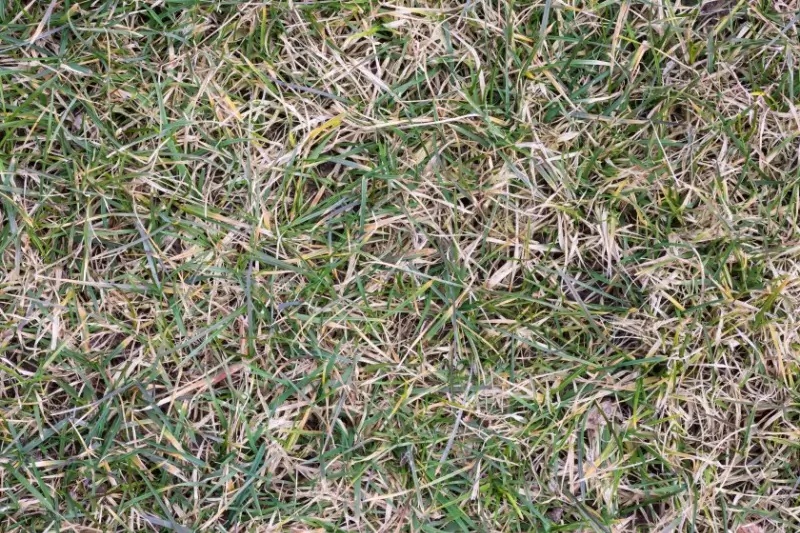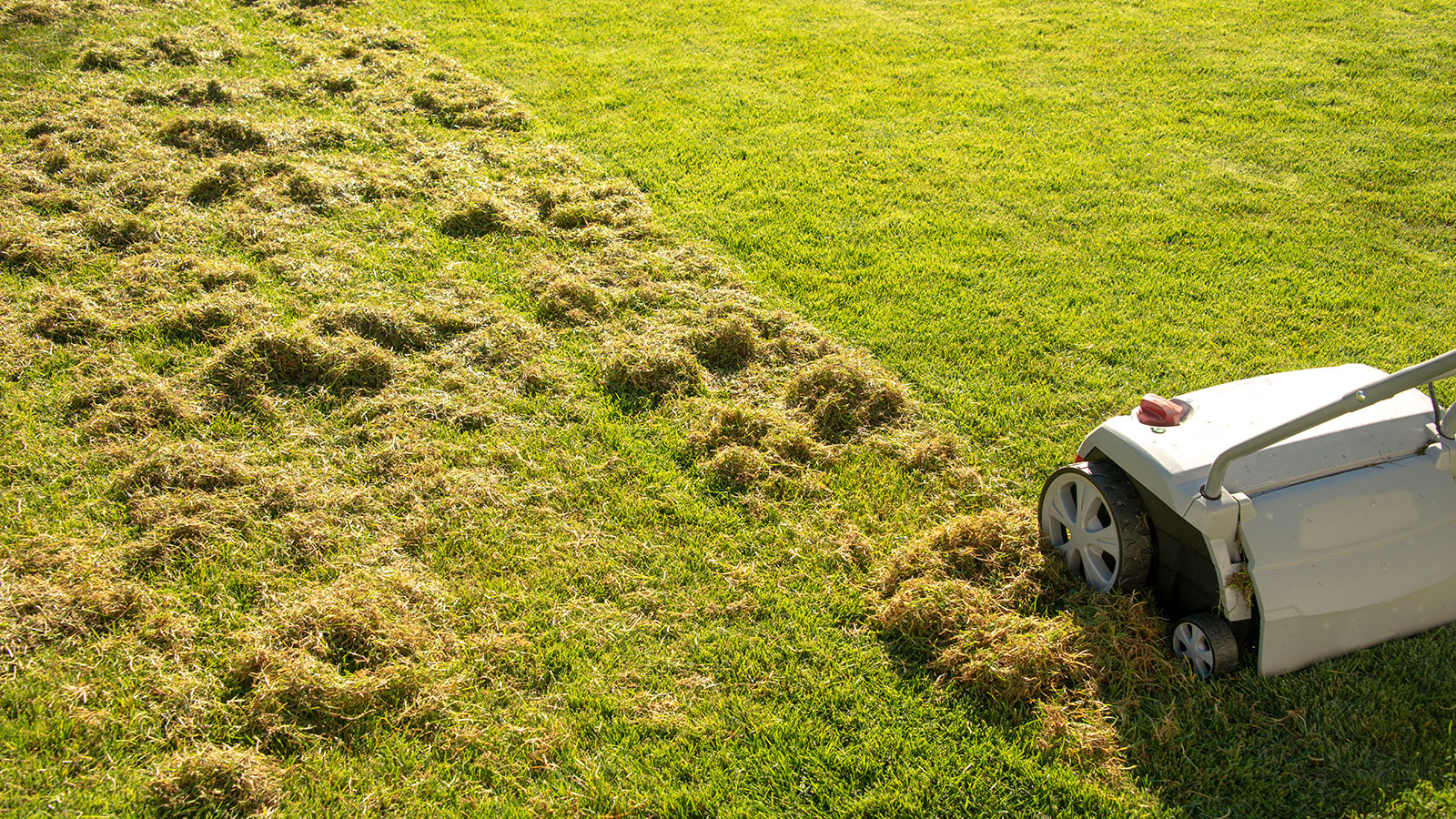Thriving grass needs dethatching!
|
Why Dethatching Your Lawn Is the Secret to a Healthier, Greener Yard If your lawn seems dull, patchy, or just isn’t thriving like it used to, the problem might be lurking just below the surface — in the thatch. What is Thatch? That’s where dethatching comes in. |
 |
Top Benefits of Dethatching Your Lawn
1. Improves Nutrient Absorption
Excessive thatch blocks fertilizer and other nutrients from penetrating the soil. Dethatching opens up your lawn so that everything from rainfall to topdressing can reach the roots where it’s needed most.
2. Boosts Airflow and Drainage
A thick layer of thatch suffocates your lawn and traps moisture, often leading to fungus and disease. By dethatching, you allow for better air circulation and drainage, reducing the risk of root rot and mold growth.
3. Encourages Stronger Root Growth
When the roots of your grass can breathe and access nutrients freely, they grow deeper and stronger. This leads to a more resilient lawn that can better handle foot traffic, drought, and temperature swings.
4. Enhances the Effectiveness of Other Lawn Care
Planning to overseed, aerate, or fertilize? Dethatching first ensures that these efforts don’t go to waste. Without a thick thatch layer in the way, new grass seed can contact the soil directly, and aeration plugs can penetrate more deeply.
5. Reduces Pest Habitat
Thatch provides an ideal home for pests like chinch bugs and sod webworms. Removing it can disrupt their environment and reduce infestations naturally.
 |
When Should You Dethatch?The best time to dethatch is during your lawn’s active growing season — typically early spring or early fall, depending on the grass type. You want the grass to recover quickly after dethatching, so avoid doing it during extreme heat or drought. |
Signs Your Lawn Needs Dethatching
-
Your lawn feels spongy underfoot
-
Water pools on the surface after rain
-
Brown patches or thinning grass
-
Thatch layer thicker than ½ inch
You can check your thatch by cutting a small plug from your lawn and measuring the brown, fibrous layer above the soil.